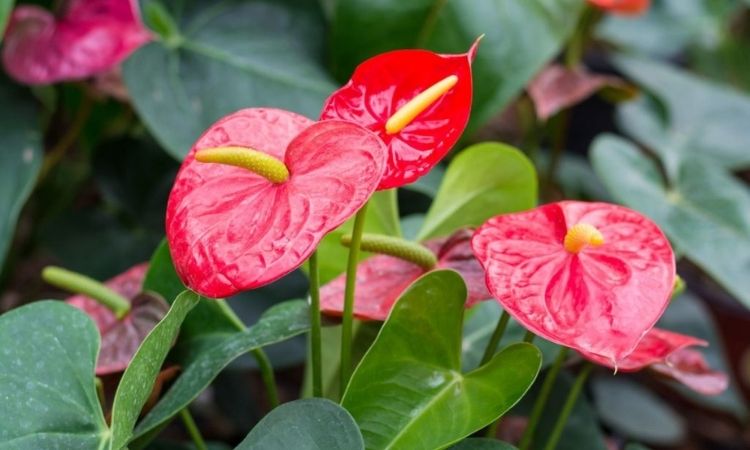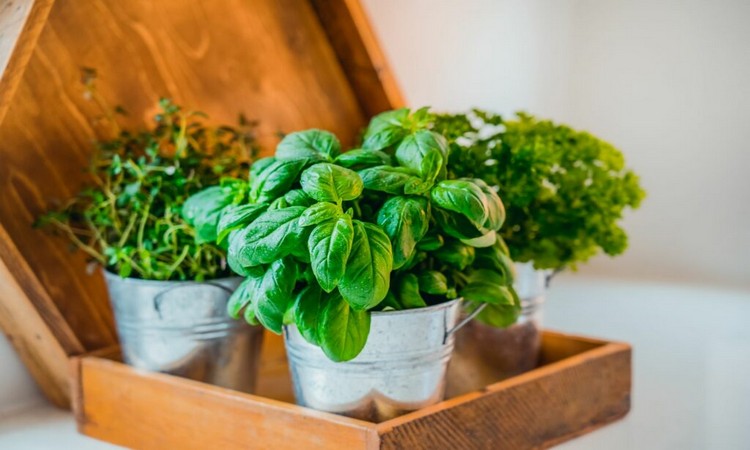Fertilize Ponytail Palm (Beaucarnea Recurvata): Everything To Fertilize The Correctly
The popular houseplant with a funny name does not need many nutrients. Here we show how to fertilize the Ponytail palm properly. The Ponytail palm (Beaucarnea recurvata) is already a bizarre plant, with its strangely bulbous trunk. But this one has its right to exist. If you want your elephant foot to thrive, it helps to understand the function of its trunk better and to take a closer look at the home of this exciting plant.
Ponytail palm is native to southern Mexico, where they form light forests in dry regions. The soil there is sandy and nutrient-poor and it rains a lot, but only during the summer months and in autumn. But the elephant foot has come up with something to survive drought and nutrient scarcity: A thickened trunk. It stores water in it, much like the cactus.
Since hardly any nutrients can be absorbed during the water-poor period, they are also stored here temporarily. In addition, the plant grows very slowly and therefore does not need much to make ends meet. Ponytail palm can cope with a deficiency rather than a surplus and should therefore only be fertilized carefully.
Fertilizing Ponytail Palm: The Right Time
Table of Contents
During the sunless period in winter, the elephant foot goes into the winter break. When it then becomes warmer and above all lighter again, it starts to grow. First of all, the elephant foot uses its accumulated resources in the trunk. Therefore, fertilization should be started in late spring, and even then it should be done rather cautiously. It is sufficient to supply your elephant foot with nutrients once or twice a month during the warm summer months. If you are heading for autumn, you should slowly reduce the fertilization before the elephant foot takes its winter break again.
Recognizing deficiency symptoms in Ponytail palm
Positive news: deficiency symptoms are virtually non-existent in Ponytail palm. However, this also means that there are other reasons why your elephant foot looks unsatisfied. Brown leaves, for example, can be a sign of stagnant moisture or drafts. You can read more about this in this article about Ponytail palm.
Since the elephant foot is extremely frugal, it will not show any deficiency symptoms if fertilized more or less regularly in late spring and summer. However, if the plant is never fertilized, it cannot grow.
What should the Ponytail palm be fertilized with?
It is best to provide Ponytail palm with liquid fertilizer. Since they are watered only very rarely, nutrients in solid form cannot otherwise be dissolved well and are therefore of little use to the plant. In general, however, you should fertilize the plant sparingly. This liquid fertilizer provides the perfect nutrient ratio for Ponytail palm: plenty of potassium, which has a positive effect on the water balance, and relatively little nitrogen. Under no circumstances should the fertilizer contain more nitrogen than potassium or phosphorus.
Fertilize Ponytail palm organically: The best way to proceed
In the wild, the elephant foot thrives mainly on mineral soils with low humus content. Nevertheless, you can also fertilize your elephant foot organically. In liquid form, the fertilizer can be mixed well into the irrigation water and is therefore easy to administer to the plant.
However, before you use the fertilizer, you should moisten the soil, otherwise, the plant will be overburdened. A good and extremely cheap alternative is coffee grounds, for example. You should be very careful with very nitrogenous substances such as dung, compost, or various organic fertilizers. These are not suitable because the fertilizer should contain more potassium and phosphorus than nitrogen.
Beaucarnea recurvata mineral fertilizer
The elephant foot copes well with mineral fertilization, but only in moderation. Since mineral fertilizers are usually readily available, there is an increased risk of overfertilization. Therefore do not fertilize more than once or twice per summer month and use a cactus fertilizer.
Fertilize Beaucarnea recurvata with household remedies: coffee grounds
Coffee grounds are made for the elephant foot. It provides sufficient phosphorus and potassium and relatively little nitrogen. This prevents overfertilization. Coffee grounds also have an acidifying effect on the soil. Especially when the pH value of the soil tends to be too high, this can help to bring the soil environment into a range between 5.8 and 6.8 – i.e. slightly acidic.
You are not a coffee drinker? No problem, many cafés are happy to sell their coffee grounds on request. Even the large Starbucks chain is now willing to do so.
For your elephant foot to thrive, you should not only fertilize it but also cut it occasionally. Our article on cutting and repotting Ponytail palm explains how to do this correctly.







Told to remove a scraggly Alexander Palm, my landscaper chainsawed three 20’ trunks of a magnificent Ponytail Palm. I gave it up for dead, but 7-8 sprouts are emerging from the base. How should I care for it to promote regrowth?
My pony tail house plant is 6 feet tall. It sits in a southern picture window. It’s fantastic to look at. I’ve haven’t fertilized it in almost 2 years. What if anything should I use? It’s about 18 years young!! Any buyers for this and what is the price I should set?
What about banana water with coffee grinds added, letting it meld for about 2 weeks before application?